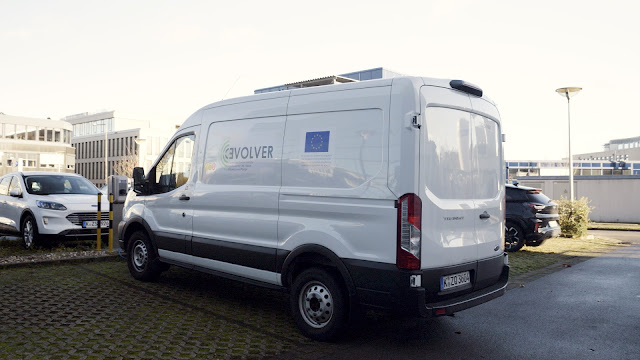Heated seats? Why not heated doors, armrests and sun visors too?
It might sound surprising, but luxurious features such as heated seats can actually be valuable ways to boost the range of an electric vehicle.
“We all know
that if the doors or windows are opened when it is colder outside, the
temperature inside a vehicle drops. This is especially true for delivery vans
as drivers make frequent dropoffs and the heat generated via aircon is lost
more quickly, while heated surfaces stay warm. Reducing
energy use not only improves range, it also cuts costs and helps ensure that
the way we travel is more sustainable.”
Markus Espig,
Ford Research and Innovation Centre Europe
1 The Connected Electric Vehicle Optimised for Life, Value, Efficiency and Range project ran from October 2018 to October 2022 and was funded by the European Commission in the Research and Innovation Action Programme. The €5m project included ten partners from six European countries, with Ford receiving €1.1m towards the research.
2 These vehicle features are being developed for trial purposes only and are currently not available for purchase.
3 Based on the parcel delivery use case and the modified test vehicle, as researched by Ford. With conventional heating systems from the aircon activated, the range decreased by around 30 per cent. By using heated surfaces for heating in combination with a reduced aircon heat, the range could be extended by around five per cent, at -7°C ambient temperature
.



Comments
Post a Comment
Dear Commenter: please note that comments appear after moderation. Do not submit spam. Thanks! 👍